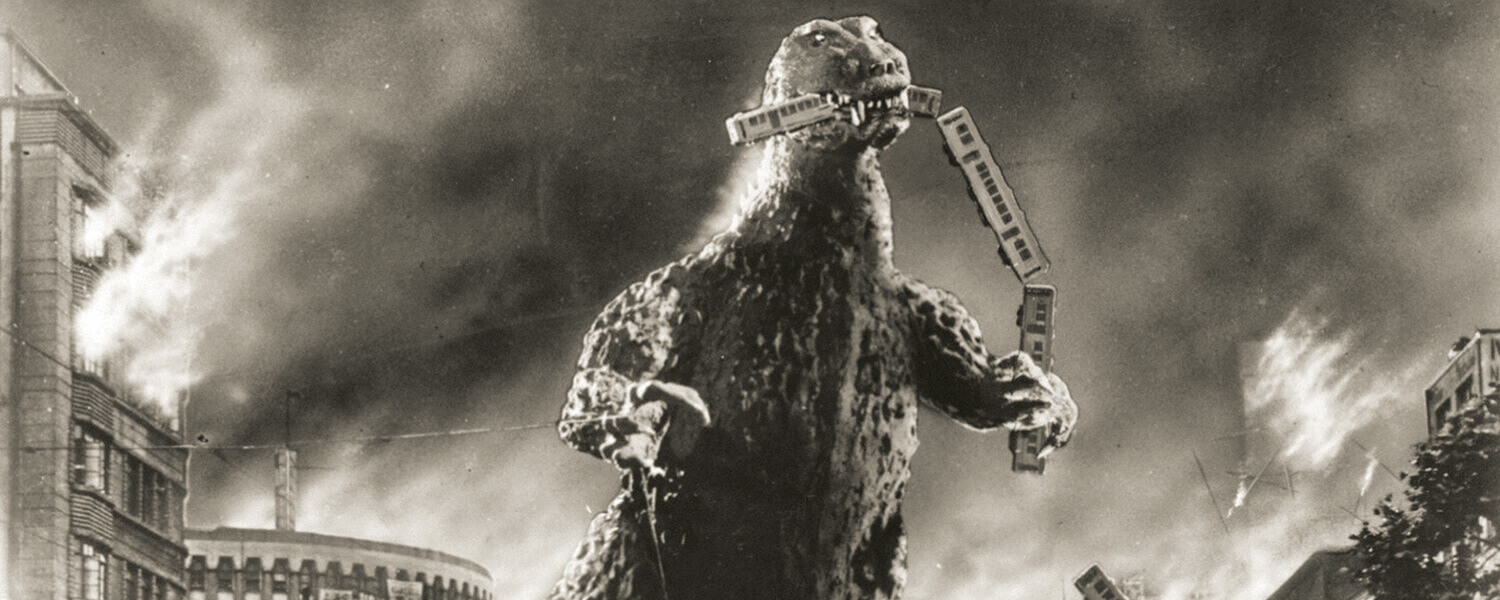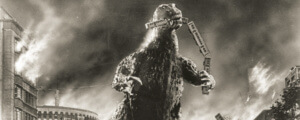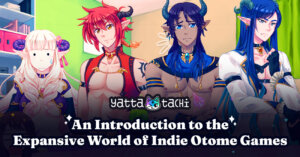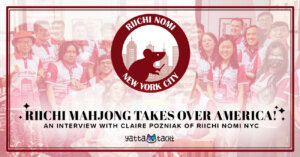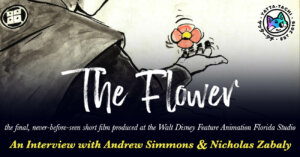KWEH!
Several weeks ago on our #ThrowbackThursday post, we presented Ultraman, one of Japan’s national superheroes. This time, we are going even further back in time to look at Japan’s favorite anti-hero and King of the Monsters. Godzilla (ゴジラ Gojira) was a cultural icon and phenomenon that became an international sensation. It left giant footsteps of awe, mysticism, terror, and sometimes, adoration.
The idea of having a giant monster such as Godzilla was conceived by the producer, Tomoyuki Tanaka. As World War II had just ended about a decade prior to the movie, war films were not in demand. Tanaka thought of a kaiju (translated as strange beast) that was awoken because of nuclear radiation and started to terrorize Tokyo. The concept was a clear metaphor for the terrifying incidents and feelings that happened years prior.
Eiji Tsuburaya was brought into the project as the special effects director. Though already known for his skills for making miniature effects, Tsuburaya may not have known that Godzilla would forever cement his name as the indisputable pioneer of the modern tokusatsu (literally translated as special filming) genre.
The look of the King of the Monsters was inspired by many things. One main source of influence was the fictional Rhedosaurus from an earlier American monster movie, The Beast from 20,000 Fathoms.
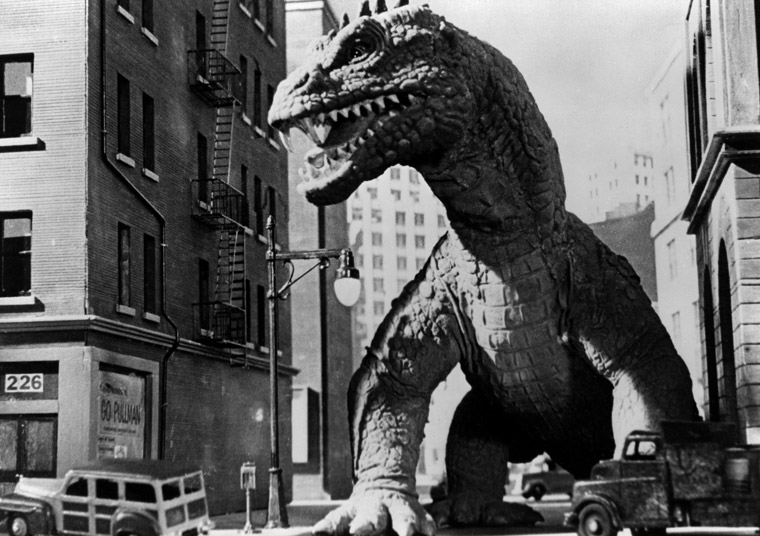
You may already see the similarities of both the concept and creature design. However, Godzilla is also a visual mix of Tyrannosaurus Rex, Iguanodon, Stegosaurus, and an alligator. The Japanese name, Gojira, is a portmanteau of “gorilla” and “kujira” (meaning “whale”). It is an appropriate mesh of names considering the scale, depiction of strength, and where Godzilla resides (the ocean).
Godzilla was created as a defined being with its own moral and agenda. As the series has expanded, Godzilla is usually portrayed as the defender of Earth but not necessarily humanity. Sometimes it is almost a representation of forces of nature, destroying things to encourage growth and rebirth. Sometimes it aligned itself with humans to fight common enemies. Other times, it seems like a giant grumpy cat that is awoken by another cat, who then fights and beats the new cat just so that it can go back to bed again.
The famous theme for Godzilla was created by Akira Ifukube, a nationally recognized composer known for his nationalistic compositions. Sources believe that Ifukube was a self-taught musician. He has composed many different songs for the Godzilla movies with the final one being Godzilla vs. Detroyer in 1995. Ifukube was also active in creating scores outside of the franchise. Some of them include Ifukube’s rendition of the ballet scores of Salome, “Japanese Rhapsody,” “Triptyque Aborigine,” and more. AkiraIfukube.org has an extensive list of Ifukube’s creations.
We hope you have learned a little bit more about the legendary daikaiju (great monster). Next week, we are going to feature a 90s anime with themes like aliens, harem, royalties, and comedy. Do you know which anime it is? Leave a comment below.
Sources: USA Today, Making of the Godzilla Suit (YouTube), Godzilla Wikia, All Music, AkiraIfukube.org, and Wikipedia.
Big thank you to our supporters
From their continous support, we are able to pay our team for their time and hard work on the site.
We have a Thank-You page dedicated to those who help us continue the work that we’ve been doing.
See our thank you page